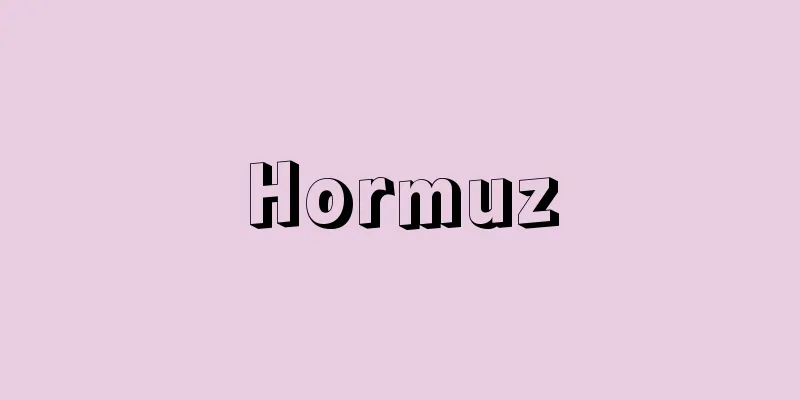Ezo black lily - Ezo black lily

|
...Those that grow in the high mountains of Honshu and Hokkaido are diploid plants (2 n = 24), usually with one or two flowers, and are sometimes called Miyamakuro-yuri.Those that grow in the lowlands of Hokkaido are triploid plants (2 n = 36), with larger plants and more flowers, sometimes with up to seven, and are sometimes called Ezokuro-yuri.They are sold in gardening stores as Kuro-yuri bulbs because they are easy to cultivate. *Some of the terminology that refers to "Ezo Kuroyuri" is listed below. Source | Heibonsha World Encyclopedia 2nd Edition | Information |
|
…本州と北海道の高山産のものは二倍体植物(2n=24)で,花は通常1~2個つき,ミヤマクロユリといわれることもある。また北海道の平地産のものは,三倍体植物(2n=36)で,植物体は大きく,花数も多く,時には7個にもなり,エゾクロユリと呼ばれることがある。これは,栽培しやすいためにクロユリの球根として園芸店で売られている。… ※「エゾクロユリ」について言及している用語解説の一部を掲載しています。 出典|株式会社平凡社世界大百科事典 第2版について | 情報 |
<<: Ezo Management - Ezo Management
Recommend
Toa Domestic Airlines
...It was founded in 1952 and 1953 as local airli...
Iwai Kumesaburo (II)
…Choreography by Nishikawa Senzo IV. Performed by...
Kuromatsunai [town] - Kuromatsunai
A town in Suttsu County, Hokkaido. It occupies an ...
Economic White Paper
The Cabinet Office submits an annual report on the...
Glycyrrhiza
...A perennial herb of the legume family whose ro...
Space reddening
Also known as interstellar reddening. The phenomen...
Karl Johann Kautsky
A theoretical leader of German Social Democracy r...
Soga no Akae
Date of birth and death unknown. A high-ranking o...
Kintenkai
North Korean politician and communist leader of K...
Rinpa
The Sōtatsu-Kōrin school is also known as the Sōt...
Iwami Province
The former name of the western half of Shimane Pr...
Cavaignac, E.
…He was a politician who led the revolutionary re...
Syneilesis aconitifolia (English spelling)
…[Hiroji Koyama]. . … *Some of the terminology th...
CUEA
...The group was comprised mainly of American mar...
Dēmaratos (English spelling)
King of Sparta, ancient Greece (reigned c. 510-491...









